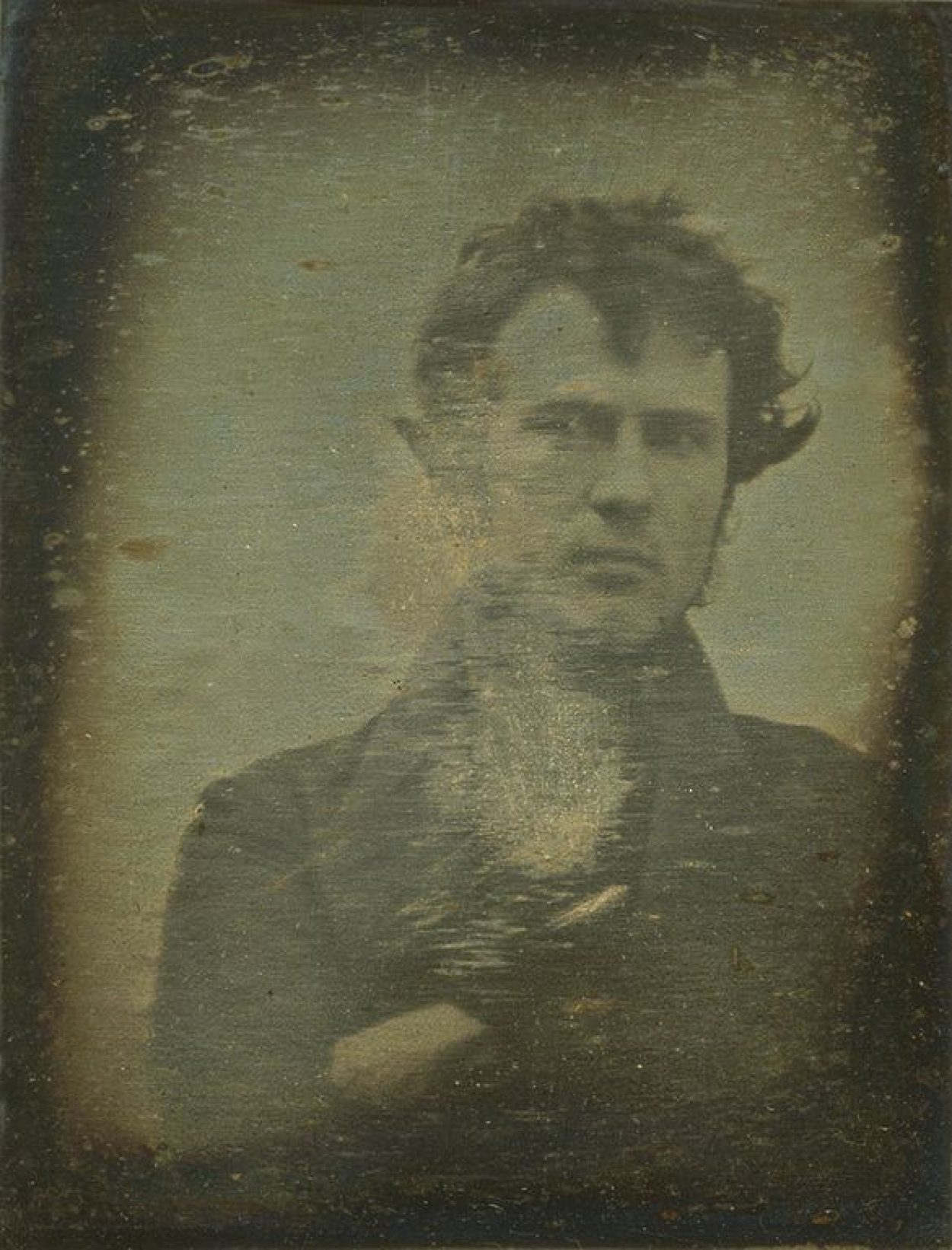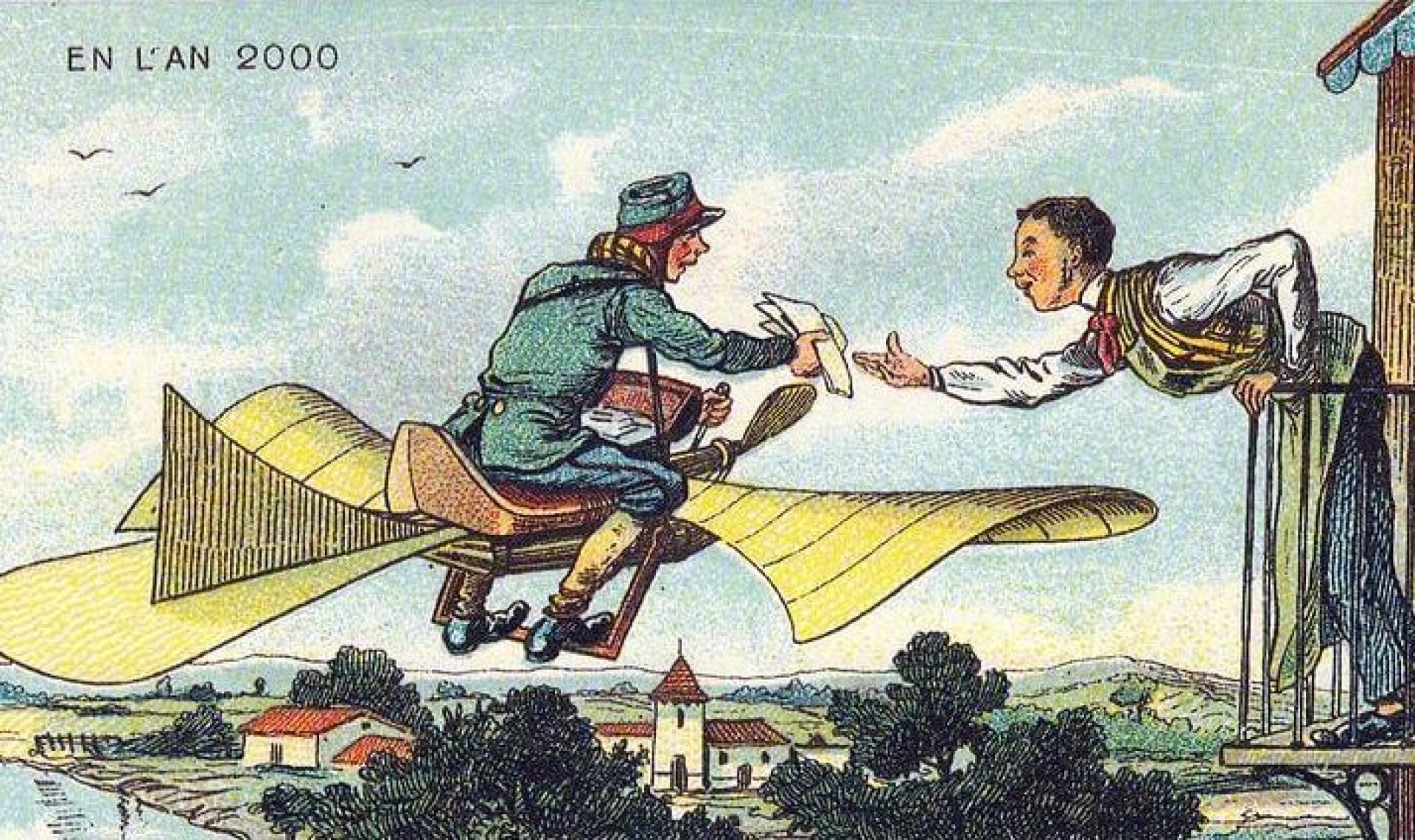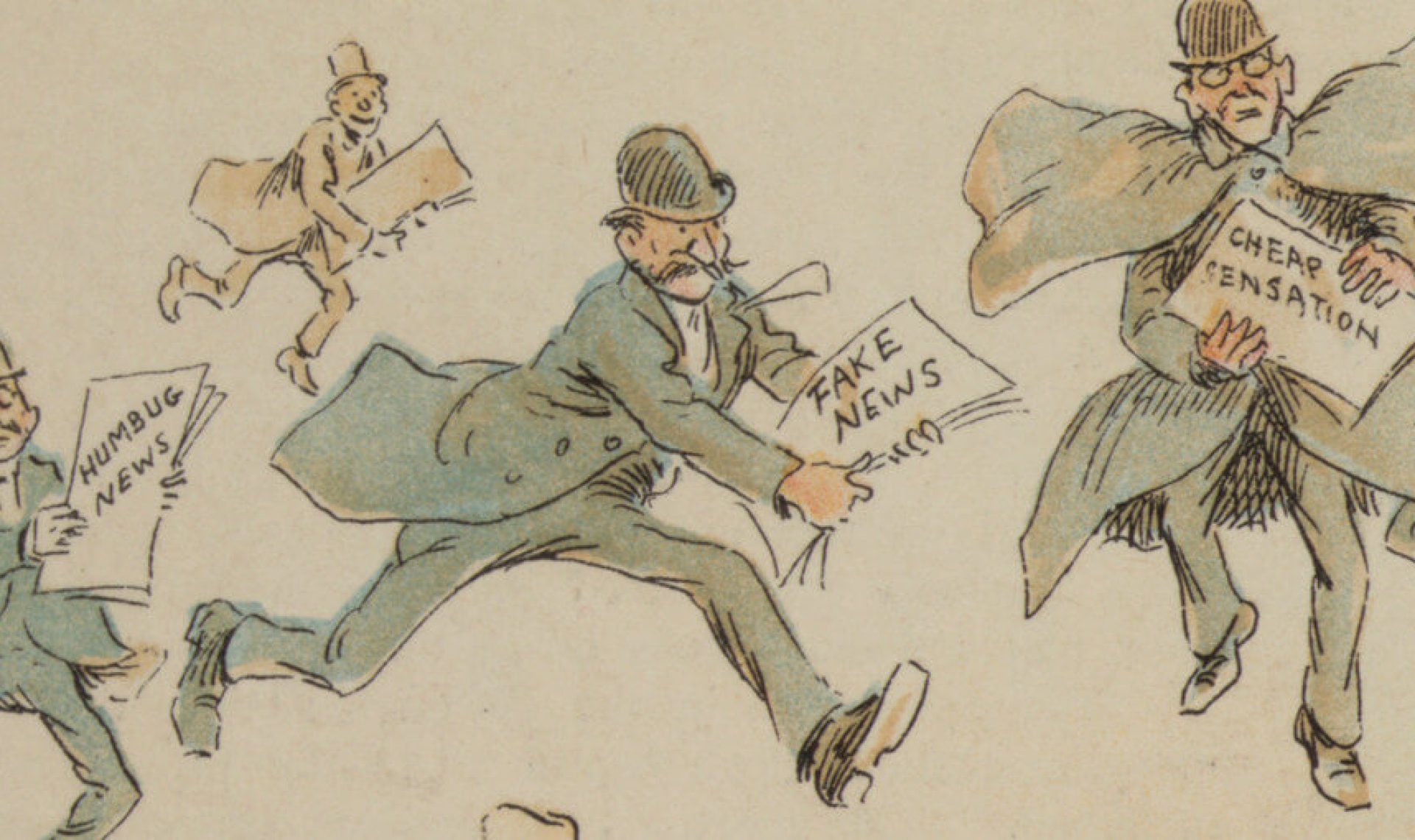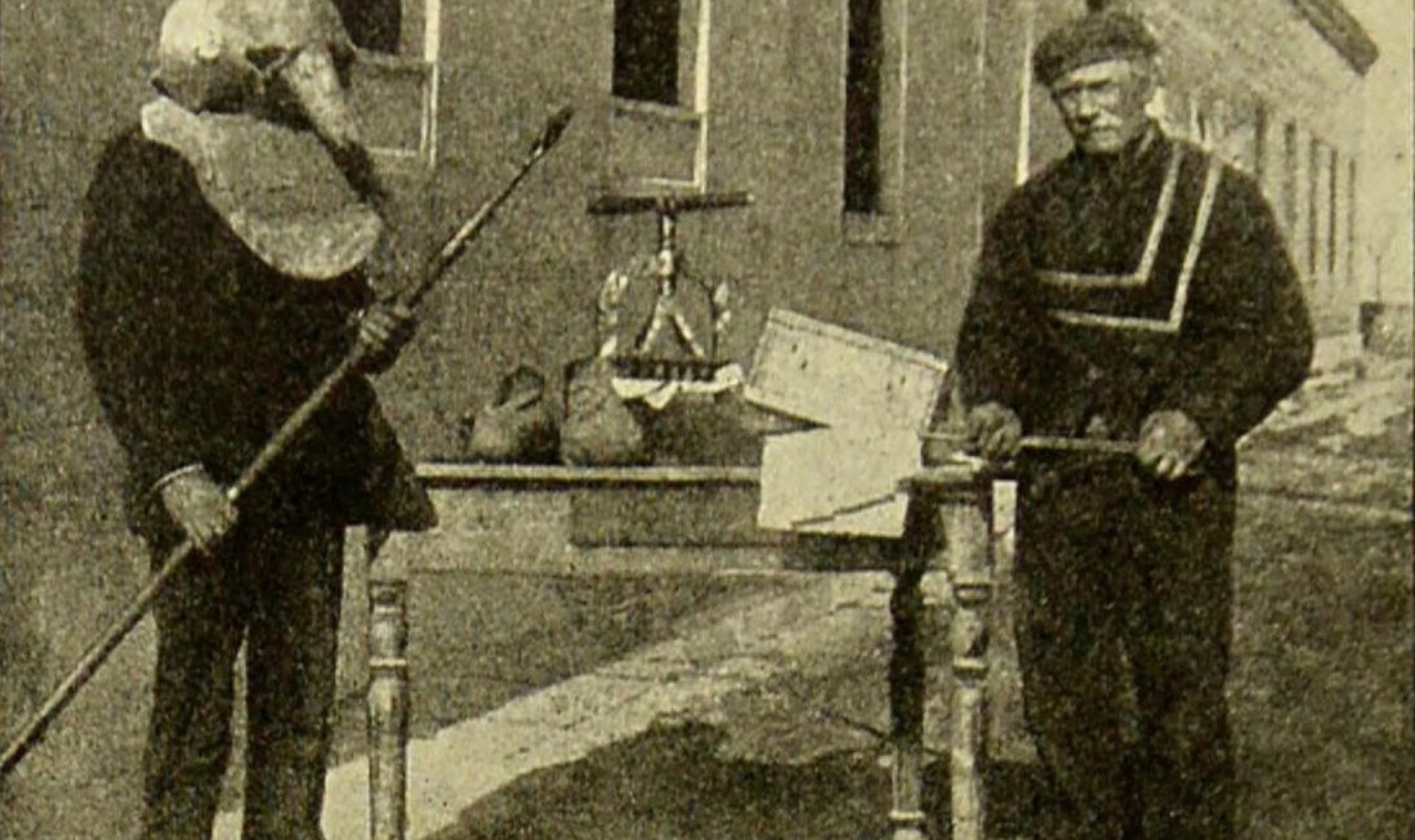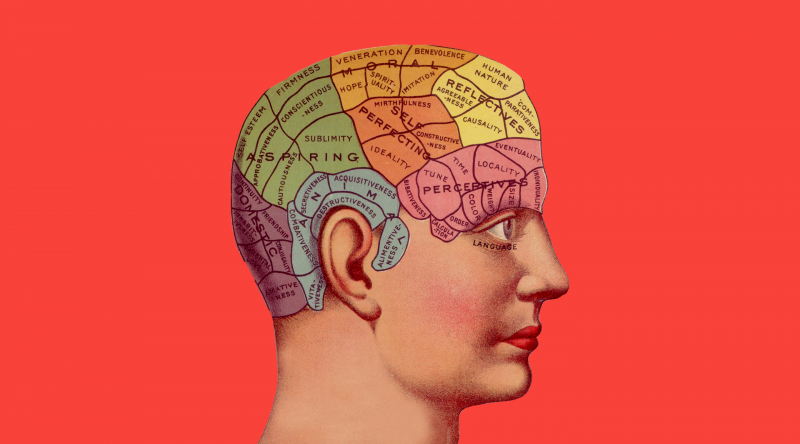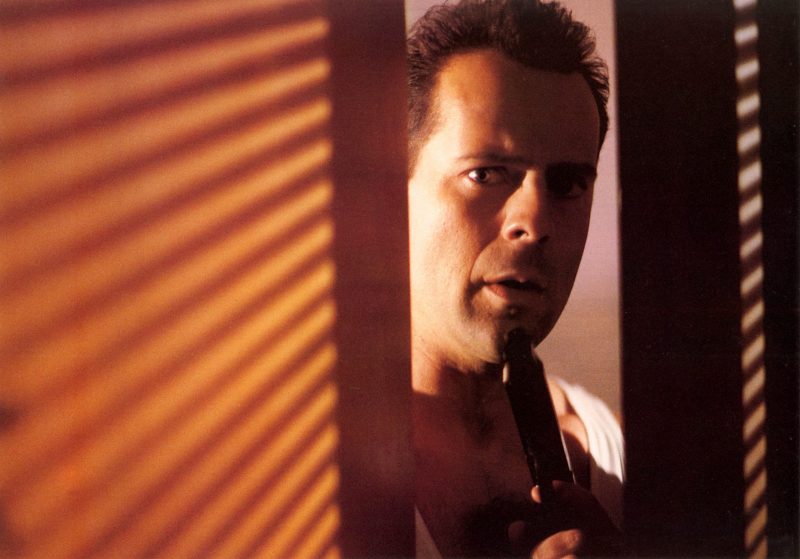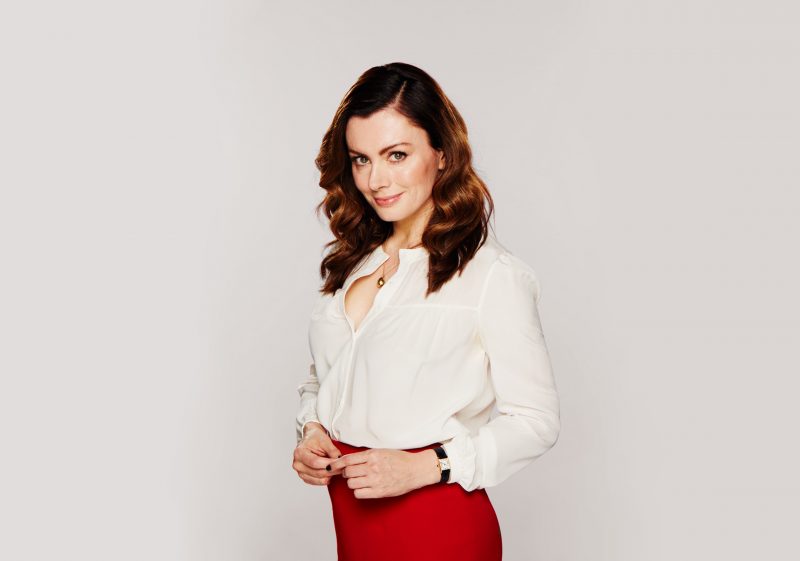Great photography is a crucial part of engaging digital content but commissioning photographers is not always affordable or practical.
Consequently there is soaring demand for good stock images with the result that many are already over-used. Stock photos are existing images that can be licensed for a fee or are free. Some are so staged they have always been a joke – models in business suits gathered round a laptop looking a bit too happy – but now the hand shakes and lack of social distancing in these images make them even more discordant. But how to find fresh pictures that will grab people and draw them in?
Storytelling for Marketers
The Wonderful Wizard of OzStorytelling for Leaders
Moby DickStorytelling For Lawyers
Alice’s Adventures in Wonderland






